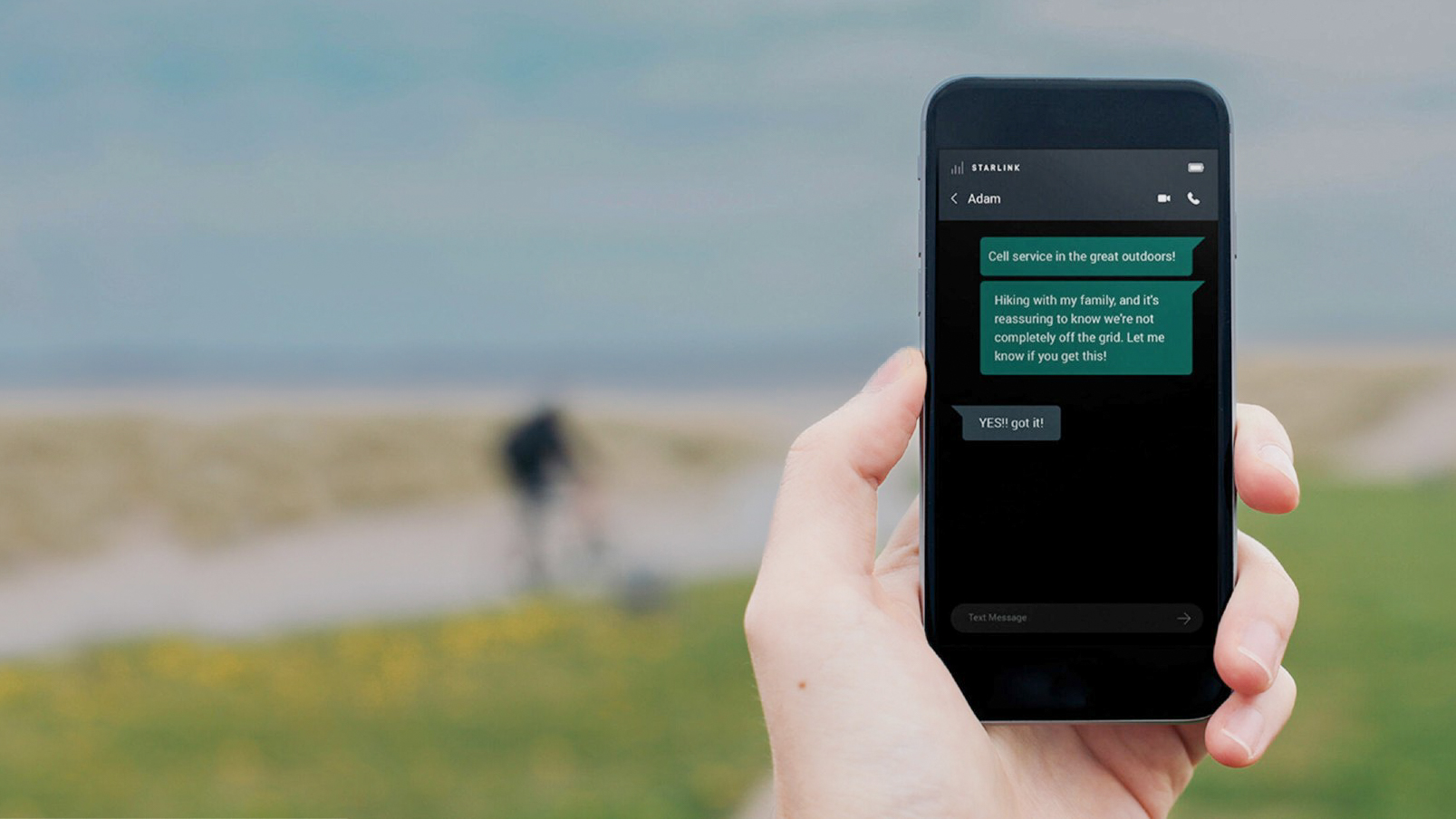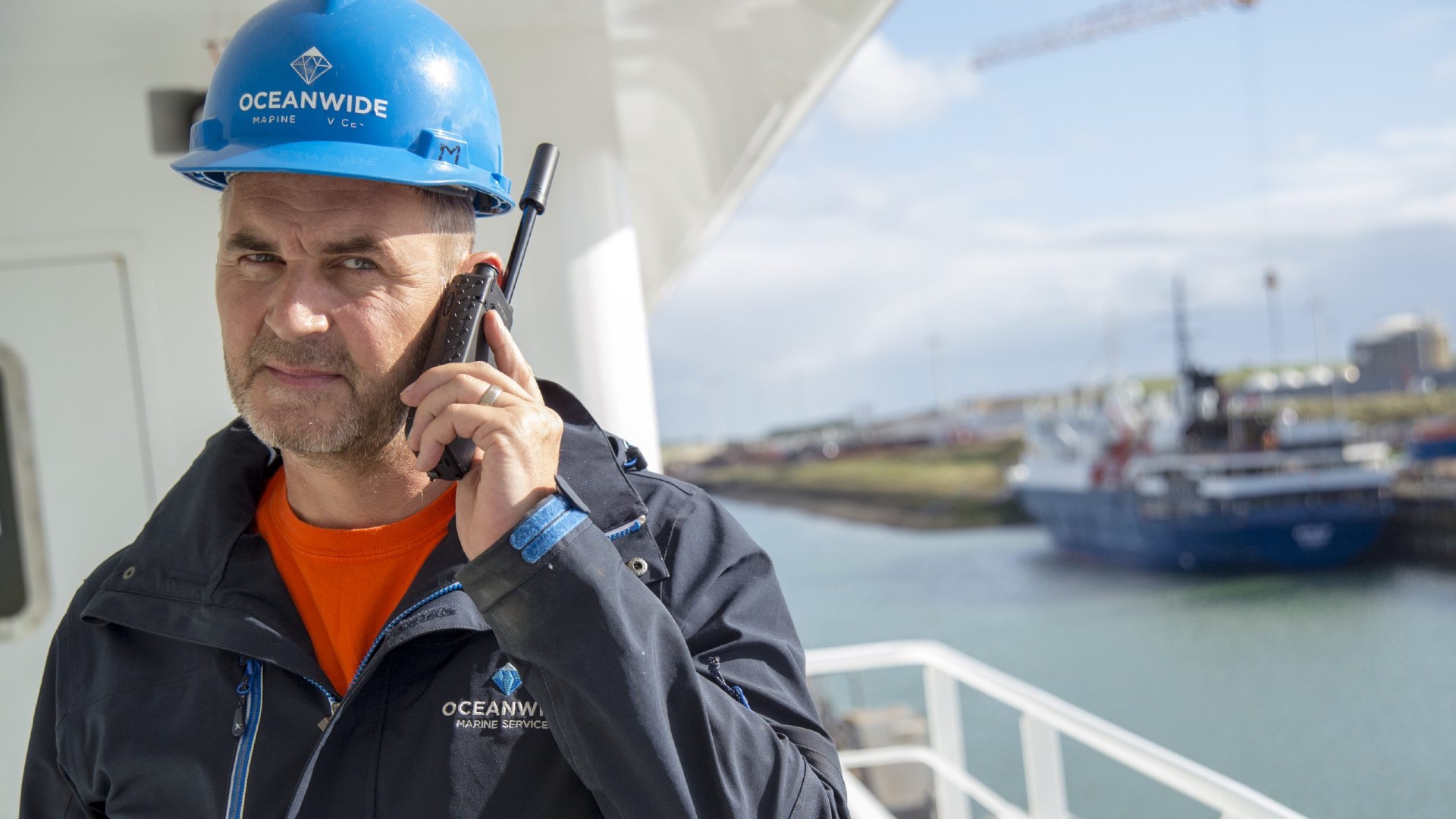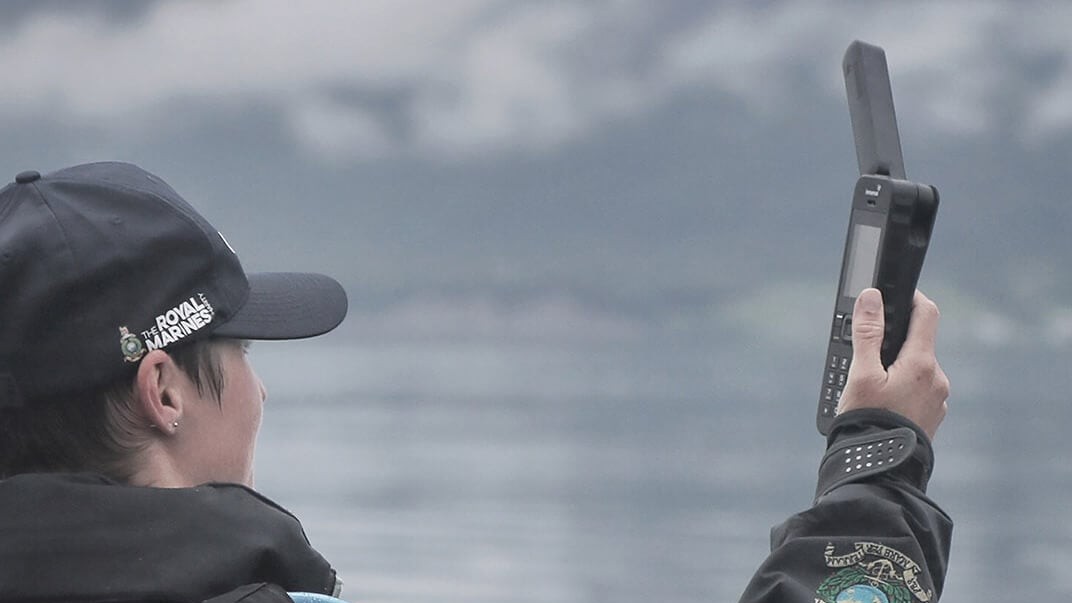
The best satellite phones are the ultimate communication lifeline for those venturing beyond the reach of traditional cellular networks. Whether you're exploring the wilderness, climbing a mountain, sailing the open sea or working for charity in a disaster zone, satellite phones play a critical role in keeping you connected when all else fails.
But now there's an alternative. Starlink, the satellite internet company developed by Elon Musk's SpaceX, is offering a new Direct to Cell service, which promises near-universal coverage using standard smartphones.
So will the satellite phone soon no longer be necessary? Let's delve into what Starlink can and can't offer right now, and what this means to anyone considering buying a satellite phone in the next year or two.
What Starlink offers

SpaceX has never been shy about breaking boundaries and disrupting existing industries. And its latest move is typically ambitious, with the aim of erasing cellular dead zones for good.
With this in mind the new service, built into the latest generation of Starlink satellites, transforms them into cell towers in space. This means your existing phone—yes, the one you already have in your pocket—can connect to Starlink’s network.
In other words, no more struggling with finicky satellite phones, no more bulky antennas, and no more expensive, specialized devices. Just your normal phone, doing its thing…. even in places no cell tower has dared to reach.
In short, if you can see the sky, you can get a signal. And this could to be a game-changer for people who work or travel in remote areas, offering them a level of convenience and connectivity satellite phones simply can’t match.
Get the Digital Camera World Newsletter
The best camera deals, reviews, product advice, and unmissable photography news, direct to your inbox!
When will the service be available?

This isn’t just a theoretical concept—it’s already happening. Starlink's Direct to Cell service first launched in New Zealand back in December, via the One NZ network, and it's currently rolling out around the world via the free apps on Android and iOS.
In late January, the FCC granted Starlink approval to provide direct-to-cell service in the USA. The service, a partnership with T-Mobile, will operate in specific frequency bands covering the entire country, including Alaska, Hawaii and Puerto Rico.
Starlink has also signed agreements with cellular providers around the world, including Rogers in Canada, Optus in Australia, KDDI in Japan, Salt in Switzerland and Kyivstar in Ukraine.
What can it do?
The first phase of the global rollout will focus on texting, then voice and data services are expected to follow later this year. T-Mobile initially only listed a few Android phones as compatible with the service, but has since added some iPhones following the latest iOS 18.3 software update.
The challenge here is that real-time communication—like phone calls and video streaming—requires significantly more bandwidth and lower latency than simple text messaging. Also note that the FCC has yet to approve Starlink’s request to exceed certain emission limits, which could impact the performance of these services. However, the company seems confident that improvements in satellite technology, combined with its rapidly growing constellation, will soon make reliable voice and data services possible.
And if that happens, we could see a world where no one ever truly loses service, no matter how far off the grid they go.
Do we still need satellite phones ?

With all these advancements, it’s natural to wonder whether traditional satellite phones still have a place. But for a while to come, we'd argue that they definitely do. Because even assuming Starlink’s will soon be up and running as planned, there are still some ways in which satellite phones will hold an edge.
Firstly, they're likely to remain the more reliable option. That's because satellite phones operate on dedicated satellite networks designed specifically for voice communication, meaning they can provide stable, predictable service in extreme conditions. They’re also typically built to be rugged and weather-resistant, making them a reliable option for professionals in the harshest environments.
That said, Starlink claims their system is designed to work in rugged weather conditions too. "Designed and rigorously tested to handle a wide range of temperatures and weather conditions, Starlink is proven to withstand extreme cold and heat, sleet, heavy rain, and gale force winds—and it can even melt snow," it says on its website.
But here's another, more mundane issue. Starlink’s Direct to Cell service will depend on user agreements with mobile carriers and government approvals in different countries. So if you’re traveling internationally or in areas where regulatory approval hasn’t been granted, a satellite phone is still likely to be the safer bet.
Should I buy a satellite phone?

While we wouldn't recommend you ditch your satellite phone right now, it's questionable how relevant these devices will be in the long run. It’s clear that phone technology is evolving rapidly, and Starlink is leading the charge toward a world where satellite connectivity feels as seamless as traditional cellular service. And as the technology matures, the days of clunky, expensive satellite phones may very well be seen as an unnecessary relic by many people.
That said, redundancy is always valuable, especially in emergency situations. In particularly, professionals who rely on guaranteed communication in life-or-death scenarios might still prefer the reliability of a dedicated satellite phone—at least until Starlink proves itself fully capable in every scenario. (It's the same reason that the best walkie-talkies remain popular, despite having become seriously old-fashioned.)
For the average adventurer, sailor or rural dweller, though? The convenience of using a normal smartphone to stay connected anywhere on Earth is too compelling to ignore. Starlink’s Direct to Cell service isn’t just a new competitor in the satellite communication space—it’s a whole new way of thinking about mobile connectivity. And if it delivers on its promises, the satellite phone could soon be entering the twilight of its popularity.
Check out the best satellite phones and communicators
Tom May is a freelance writer and editor specializing in art, photography, design and travel. He has been editor of Professional Photography magazine, associate editor at Creative Bloq, and deputy editor at net magazine. He has also worked for a wide range of mainstream titles including The Sun, Radio Times, NME, T3, Heat, Company and Bella.
You must confirm your public display name before commenting
Please logout and then login again, you will then be prompted to enter your display name.

